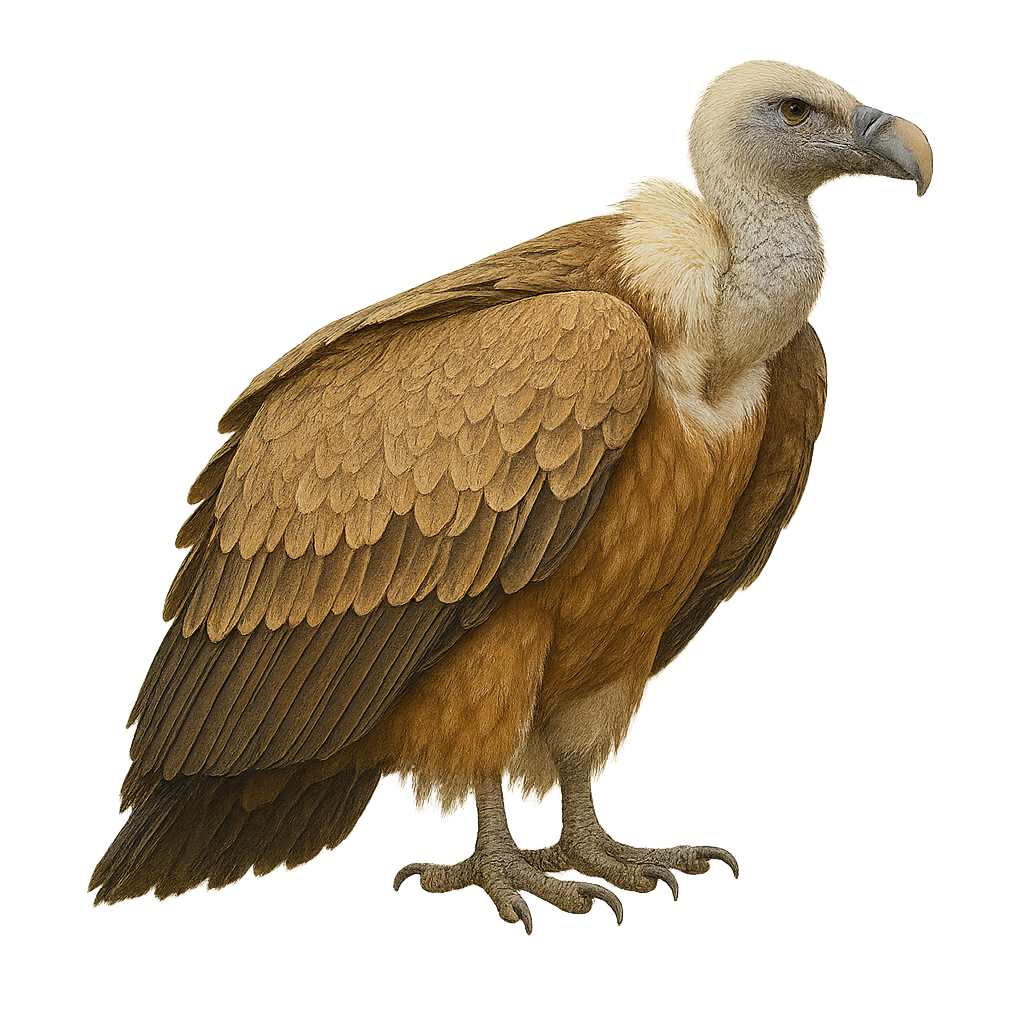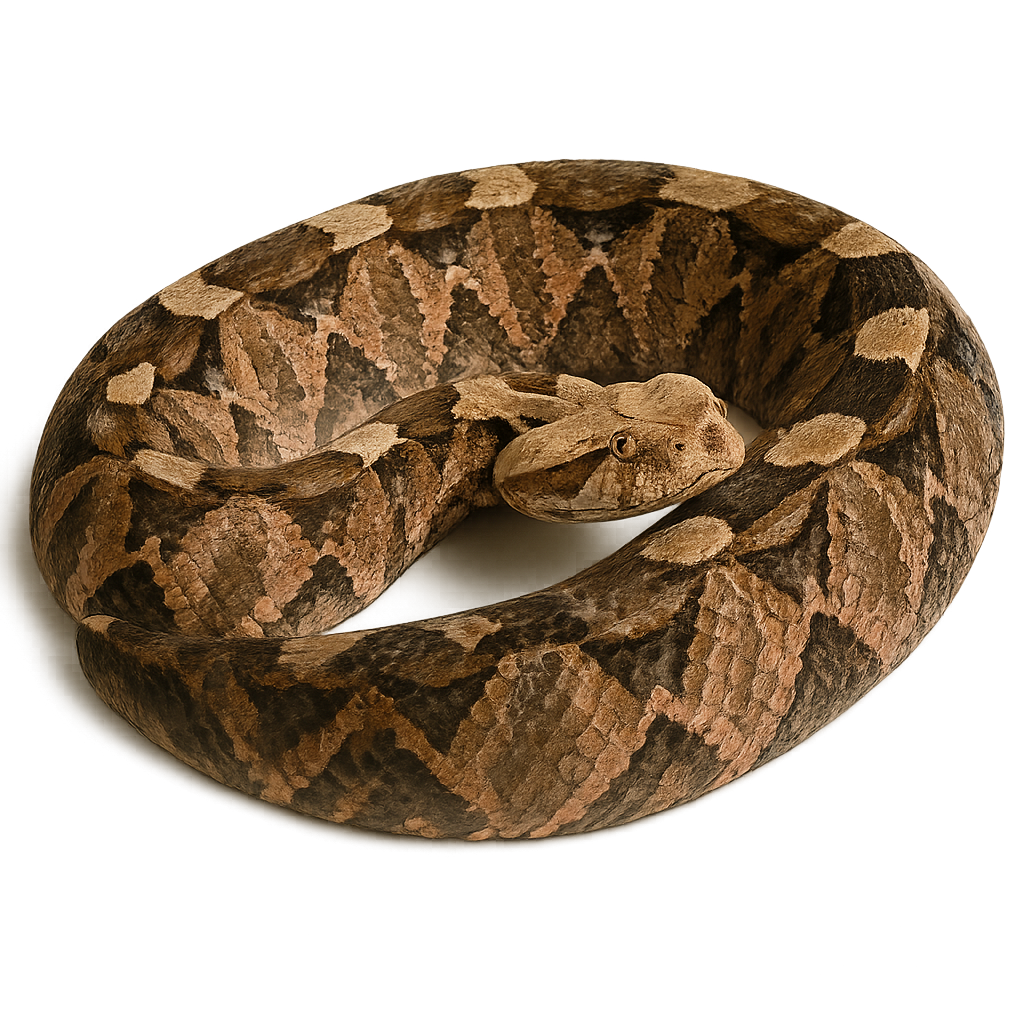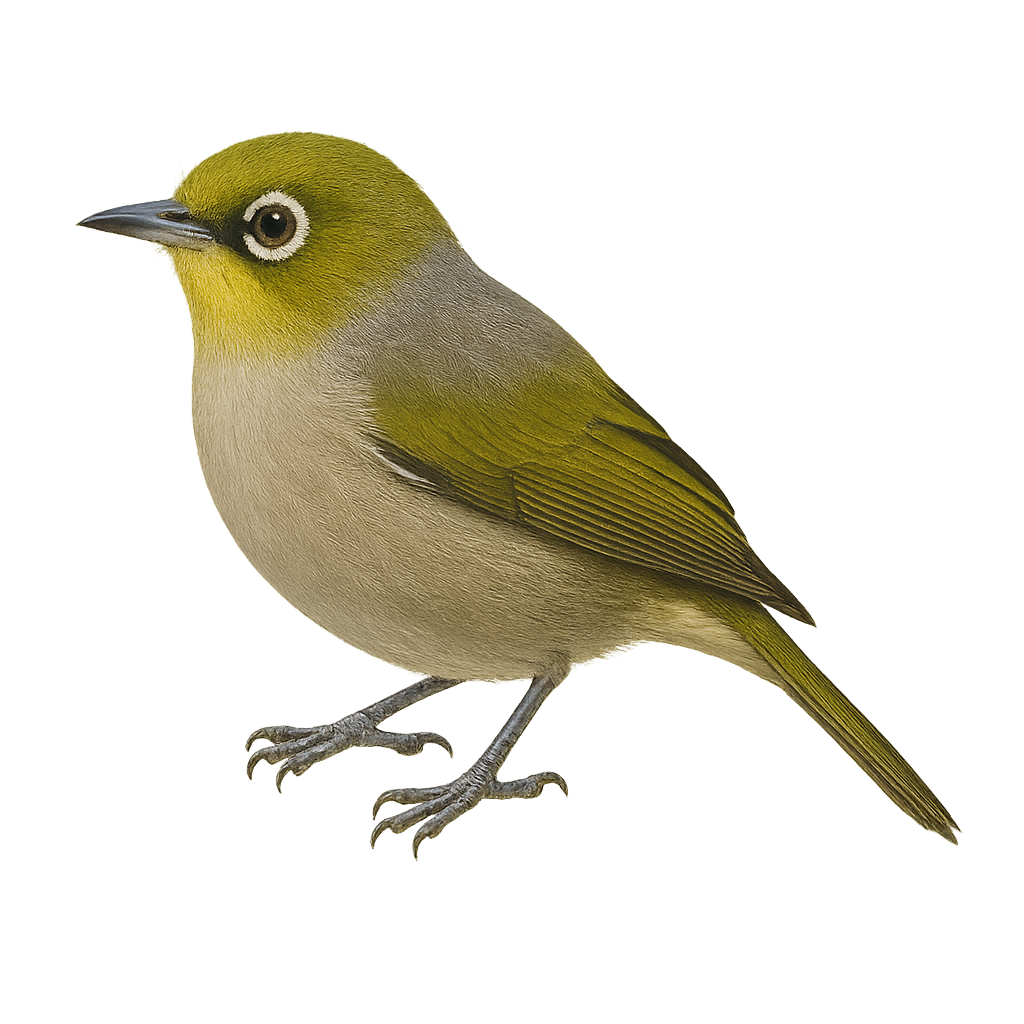Your wildlife tracking tool..
Browse 2,846species by country, track observations, and plan your photo outings.
Your global reference for wildlife photography
WildlifePhotographer gives you access to over 2,846 wildlife species sheets to help you identify, understand, and photograph wildlife around the world. Mammals, birds, reptiles… each sheet provides key information: habitat, activity, life cycle, signs of presence, and tailored photo tips.
Our database grows every week with new iconic species. To go further, access maps, reminders, logs, and personalized statistics in the app — designed to meet the real needs of wildlife photographers in the field.
Gualaquiza Tyrannulet
Phylloscartes gualaquizae
The Gualaquiza Tyrannulet, or Phylloscartes gualaquizae, is a small passerine bird belonging to the Tyrannidae family. It is primarily found in the humid montane forests of Ecuador and Peru. This bird is characterized by its olive-green plumage and distinctive facial markings. Often seen foraging for insects among dense foliage, it is discreet but can be identified by its melodious song. While its population is currently stable, deforestation poses a potential threat to its natural habitat. Preserving these ecosystems is crucial for the survival of this unique species.
Griffon Vulture
Gyps fulvus
The Griffon Vulture is a large bird of prey found primarily in the mountains, hills, and rocky areas of Europe, Asia, and North Africa. It typically measures between 93 and 110 cm in length, with a wingspan of 2.5 to 2.8 meters, and weighs between 6 and 12 kg. Its plumage is mainly light brown, with white feathers around its neck and head, and a large area of bare skin on the neck. The Griffon Vulture is a scavenger, primarily feeding on animal carcasses. It plays a crucial role in the ecosystem by cleaning up carcasses and preventing the spread of diseases. While its population has declined in some regions, the Griffon Vulture benefits from conservation programs, but it remains threatened by habitat loss, illegal hunting, and poisoning.
Golden-fronted Leafbird
Chloropsis aurifrons
The Golden-fronted Leafbird, Chloropsis aurifrons, is a vibrant and fascinating bird native to the tropical forests of Southeast Asia. It is distinguished by its bright green plumage, golden head, and black mask around the eyes. Measuring about 17 to 20 cm, this bird has a slender, slightly curved beak, perfect for feeding on nectar, fruits, and insects. Males and females have similar colors, although females are slightly duller. The Golden-fronted Leafbird is often seen in small groups, moving nimbly through dense foliage. It is known for its melodious and varied song, which resonates in the forests it inhabits.
Gaboon viper
Bitis gabonica
The Gaboon viper, Bitis gabonica, is a venomous snake known for its impressive size and striking appearance. It can grow up to two meters long and is renowned for its intricate color patterns that allow it to blend seamlessly into the leaf litter of its forest habitat. Its fangs are among the longest of any venomous snake, and its venom can be deadly to humans. Primarily nocturnal, it preys on small mammals, birds, and occasionally reptiles. Although feared, it is generally not aggressive and prefers to avoid confrontation. Its presence is an indicator of healthy African forest ecosystems.
Grevy’s Zebra
Equus grevyi
The Grevy's Zebra is a species of zebra found primarily in the savannas and grasslands of East Africa, notably in Ethiopia and Kenya. It typically measures about 2.5 meters in length, with a shoulder height of 1.5 to 1.6 meters, and weighs between 350 and 450 kg. Its coat is characterized by narrow and tightly spaced stripes, which are generally finer than those of other zebras. It has a longer and narrower head compared to other zebra species, with long, pointed ears. The Grevy's Zebra primarily feeds on grasses and vegetation, and lives in complex social groups, often led by a dominant mare. Although its population is declining due to habitat loss and poaching, it is protected by conservation programs in some areas.
Grey White-eye
Zosterops lateralis
The Zosterops lateralis, commonly known as the Grey White-eye, is a small passerine bird with predominantly olive-green plumage and greyish underparts. It is easily identifiable by its distinctive white eye-ring. Native to Pacific islands, particularly New Caledonia, this bird is often seen in active flocks, feeding mainly on insects and nectar. It plays a crucial role in pollinating local plants. Although generally discreet, its melodious and repetitive song can be heard in forests and gardens. Its ability to adapt to various habitats, including urban areas, makes it resilient to environmental changes.







